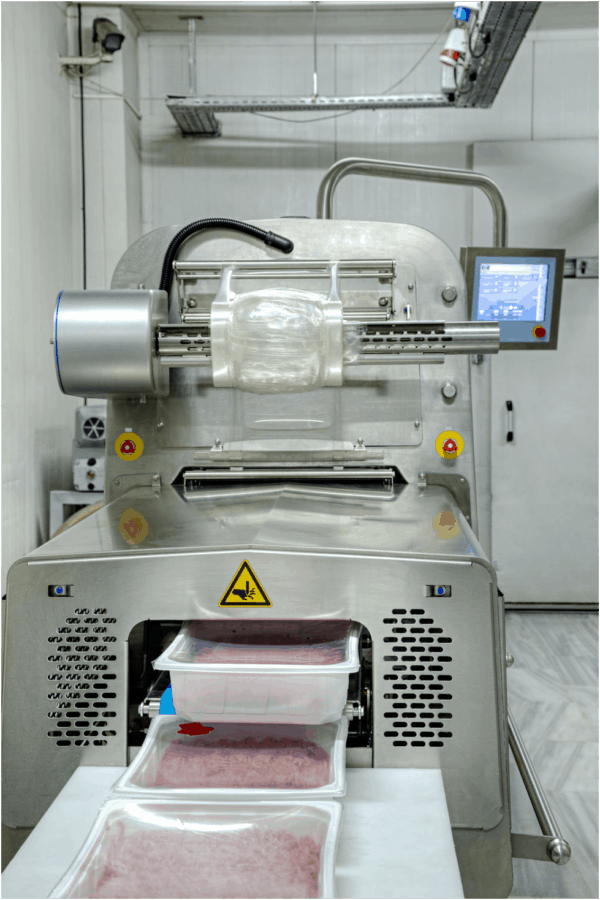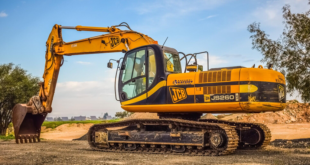The food industry is undeniably one of the largest markets in the world, and a large part of that is the frozen food industry. It has grown far beyond what it’s pioneers ever imagined, becoming the source of livelihood for millions of people across the world. This includes everything from frozen veggies that can be easily thrown into a dish to fully prepared meals that are just waiting to be thrown in the oven. According to some sources it’s expected that the global frozen food industry will make over $306 billion in revenue in the year 2020. Needless to say, that amount is incomprehensible to nearly every person in the world. Currently North American and European markets make up about 70% of the market, but some markets in developing regions are quickly growing as well. As these products are introduced to new areas the more in demand they will become. This means that frozen foods still have a lot of expansion and potential left.
One of the big concerns about growing markets and trades with these products across borders is regulation and safety. Not everywhere has the same standards and consumers want to ensure that they are safe in eating the frozen products. This includes any chemicals that it may have come into contact with over the course of preparation, but also is any physical hazards within the food. Believe it or not, this includes metal fragments. Due to automation becoming normalized in the industry the food is often in close proximity to machinery. While this does not necessarily mean metal will fall in, companies are required to protect the safety of their customers.
Unsurprisingly, the main method to catch metal fragments is with a metal detector. It may be the source of confused looks when mentioned, but food metal detectors a staple in food production and preparation. This is done in an effort to both protect the consumer from injury as well as protect the company’s reputation and from any legal action which could result from fragments in food. They benefit everyone involved, something which companies have realized and they have begun to seek out the best options as a result.
These days the majority of industrial metal detectors are classified as one of two categories. The general purpose head metal detector is the more common of the two. This kind is able to detect virtually any metal fragment whether it is magnetic (ferrous) or non-magnetic (non-ferrous). The other type of detectors are systems with a ferrous-in foil search. They are more limited in their abilities and are only reliable for magnetized fragments. This hypothetically could leave behind pieces which could cause damage to a consumer. They however can still be effective tools when used in the right context.
Of the general purpose headed detectors, the most widespread one has been dubbed the Balanced Coil System. It works with the food being passed through a compartment on top of a plastic conveyor belt. While the product passes through the compartment the metal detector begins its process. The transmitter coil operates is best explained as operating in a similar manner as a radio transmitter. It generates a field which is crucial for the detecting process. It “highlights” any metallic fragment present which can be viewed on the screen of the machine. The other two coils then react to the magnetic and conductive properties of the particles. This in turn allows the items to be properly located so that they can be removed from the food item in order to keep it safe. Another great thing about this machine is that if can be controlled from anywhere, which allows for more flexibility and incentive to use it. It does not affect the preciseness of the detector at all. The fact that the machine does not rely on magnetism is significant to emphasize. This allows more materials to be caught by this smart machine.
The other industrial metal detector which is used regularly is the ferrous-in foil search. As we previously mentioned, this one relies on magnetized fragments in order to work. The process of this metal detector is seemingly simpler than the previous’. These ones rely on a strong magnetic field. This means that any ferrous metal in the frozen food will be magnetized as it passes the metal detector. As the now magnetized fragment passes under, a strong magnetic current is created and amplified by the machine’s system so that they can be removed. The negative side of this is that they do not detect non-ferrous materials. They are however effective when used correctly.
In the end these machines are necessary for the modern global frozen food market, as well as on a more local level. They keep both the consumer and the industry safe.
 Gearfuse Technology, Science, Culture & More
Gearfuse Technology, Science, Culture & More




